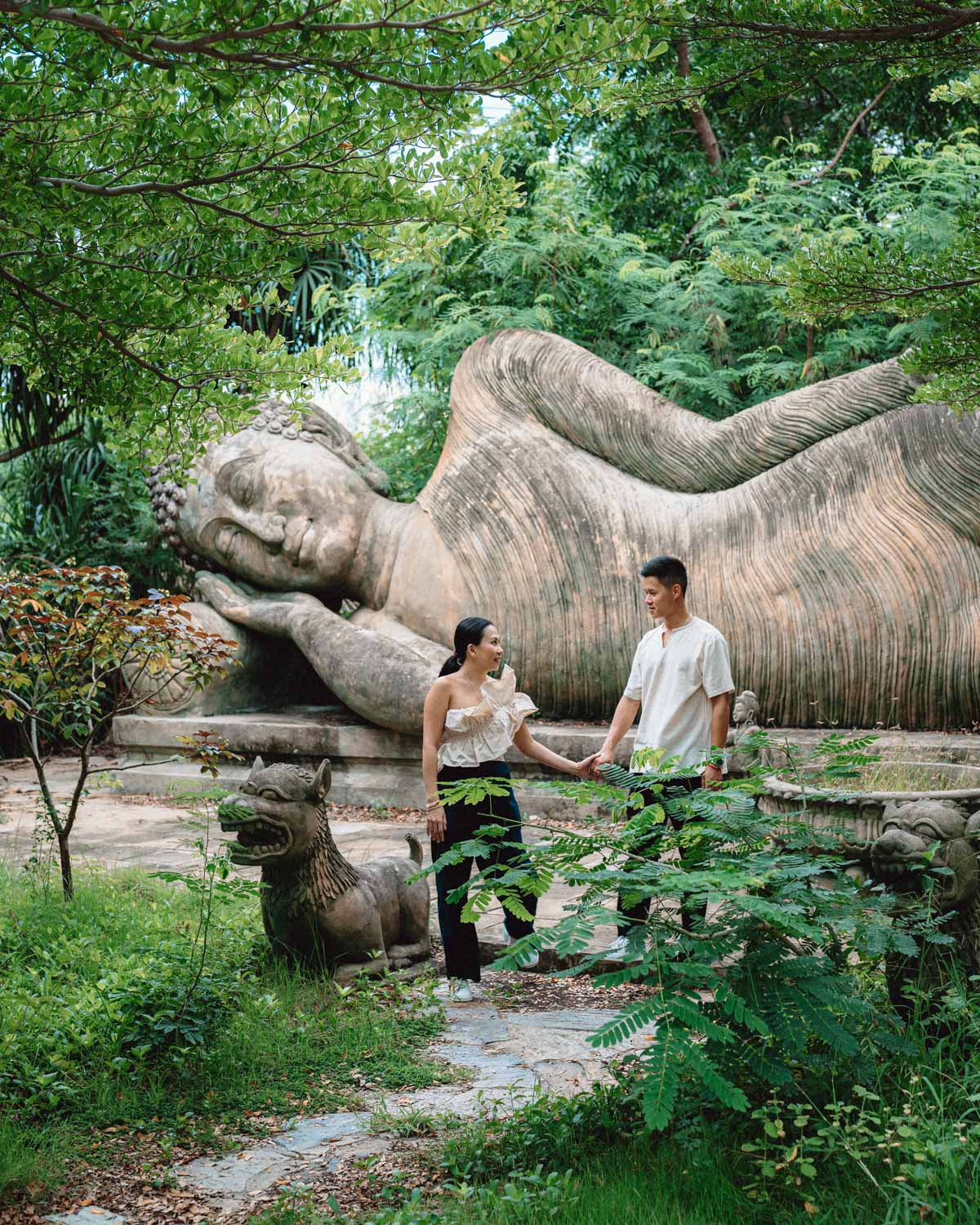As a Bangkok photographer with a deep love for both street photography and fine art, I have long been fascinated by the ways in which these two seemingly distinct genres can intersect and inspire one another. While street photography is often associated with candid, spontaneous images that capture the raw energy and emotion of everyday life, fine art photography is typically more deliberate and conceptual, with a focus on aesthetics, symbolism, and personal expression. However, in my own work and in the work of many contemporary photographers, I have seen how the boundaries between these two genres can blur, creating powerful and thought-provoking images that challenge our assumptions about what photography can be. In this article, we’ll explore the intersection of street photography and fine art, and consider how photographers can use elements of both genres to create truly original and meaningful work.
The Street as Canvas:
One of the key ways in which street photography and fine art intersect is in the way that photographers approach the urban environment as a canvas for creative expression. Just as a painter might use color, line, and form to create a composition on a blank canvas, a street photographer can use the elements of the city – the architecture, the light, the shadows, the people – to create a visual narrative that goes beyond mere documentation.
This approach requires a keen eye for composition, a willingness to experiment with different angles and perspectives, and a deep understanding of the formal elements of art, such as balance, contrast, and repetition. By treating the street as a canvas, photographers can create images that are not only visually striking but also emotionally resonant and symbolically rich.
The Power of Juxtaposition:
Another way in which street photography and fine art intersect is through the use of juxtaposition – the placement of contrasting or seemingly unrelated elements within the same frame. In street photography, juxtaposition often occurs naturally, as the chaos and diversity of the urban environment bring together people, objects, and scenes that might not normally be associated with one another.
However, by deliberately seeking out and emphasizing these juxtapositions, photographers can create images that are both visually arresting and conceptually provocative. A photograph that juxtaposes a homeless person sleeping on the street with a billboard advertising luxury goods, for example, can make a powerful statement about inequality and consumerism without needing any additional context or explanation.
The Role of Post-Processing:
In traditional street photography, there is often an emphasis on capturing the moment as it happens, with minimal editing or manipulation after the fact. However, in the world of fine art photography, post-processing is often an integral part of the creative process, allowing photographers to enhance, transform, or reinterpret their images in ways that go beyond mere documentation.
By incorporating elements of post-processing into their street photography workflow, photographers can create images that blur the lines between reality and imagination, and that express a unique artistic vision. This might involve subtle adjustments to color, contrast, or exposure, or more dramatic manipulations that alter the content or context of the image in meaningful ways.
The Importance of Personal Vision:
Perhaps the most important way in which street photography and fine art intersect is in the emphasis on personal vision and creative expression. While street photography is often associated with a certain level of objectivity or detachment, the best street photographers are those who bring their own unique perspective and sensibility to their work, using the camera as a tool for exploring their own ideas, emotions, and experiences.
Similarly, in fine art photography, the emphasis is often on creating work that is deeply personal and expressive, even if the subject matter is more abstract or conceptual. By combining the raw, immediate energy of street photography with the thoughtful, intentional approach of fine art, photographers can create work that is both visually compelling and emotionally resonant.
Strategies for Blending Genres:
So how can photographers effectively blend elements of street photography and fine art in their own work? Here are a few strategies to consider:
1. Develop a strong personal vision: Take time to reflect on your own unique perspective, interests, and aesthetic sensibilities, and use this as a foundation for your work.
2. Experiment with composition: Look for ways to create dynamic, visually striking compositions that go beyond mere documentation, using elements like line, shape, color, and texture to create a sense of rhythm and balance.
3. Embrace juxtaposition: Seek out contrasts and contradictions within the urban environment, and use these to create images that are both visually arresting and conceptually provocative.
4. Use post-processing thoughtfully: Consider how you can use editing tools to enhance, transform, or reinterpret your images in ways that support your artistic vision, without losing the raw, authentic energy of the street.
5. Engage with the art world: Study the work of fine art photographers and other visual artists, attend exhibitions and events, and seek out opportunities to show your own work in galleries and other art contexts.
The Future of Street Photography:
As the boundaries between street photography and fine art continue to blur, it’s exciting to consider the possibilities for where the genre might go in the future. With the rise of digital technology and social media, there are now more opportunities than ever for photographers to share their work with a global audience, and to connect with other artists and enthusiasts around the world.
At the same time, the increasing accessibility of photography tools and platforms has also led to a certain level of oversaturation and homogenization, with many photographers mimicking popular styles and trends rather than developing their own unique vision. In this context, the intersection of street photography and fine art offers a powerful way for photographers to differentiate themselves and create work that is truly original and meaningful.
As a Bangkok photographer who has long been inspired by both street photography and fine art, I believe that the intersection of these two genres offers endless possibilities for creative expression and visual storytelling. By approaching the urban environment as a canvas, embracing juxtaposition and personal vision, and using post-processing thoughtfully, photographers can create images that are both visually striking and emotionally resonant, and that challenge our assumptions about what photography can be.
Of course, blending elements of street photography and fine art is not always easy, and requires a deep commitment to one’s own artistic vision, as well as a willingness to take risks and experiment with new approaches. However, for those who are passionate about exploring the full potential of the medium, the rewards can be tremendous – both in terms of personal fulfillment and in terms of the impact and influence of one’s work.
As we move forward into an increasingly complex and rapidly changing world, I believe that the role of photography as a tool for creative expression and social commentary will only become more important. By continuing to push the boundaries of what is possible with street photography and fine art, and by staying true to our own unique perspectives and experiences, we can create work that not only captures the beauty and complexity of the world around us but also inspires and transforms those who encounter it.


